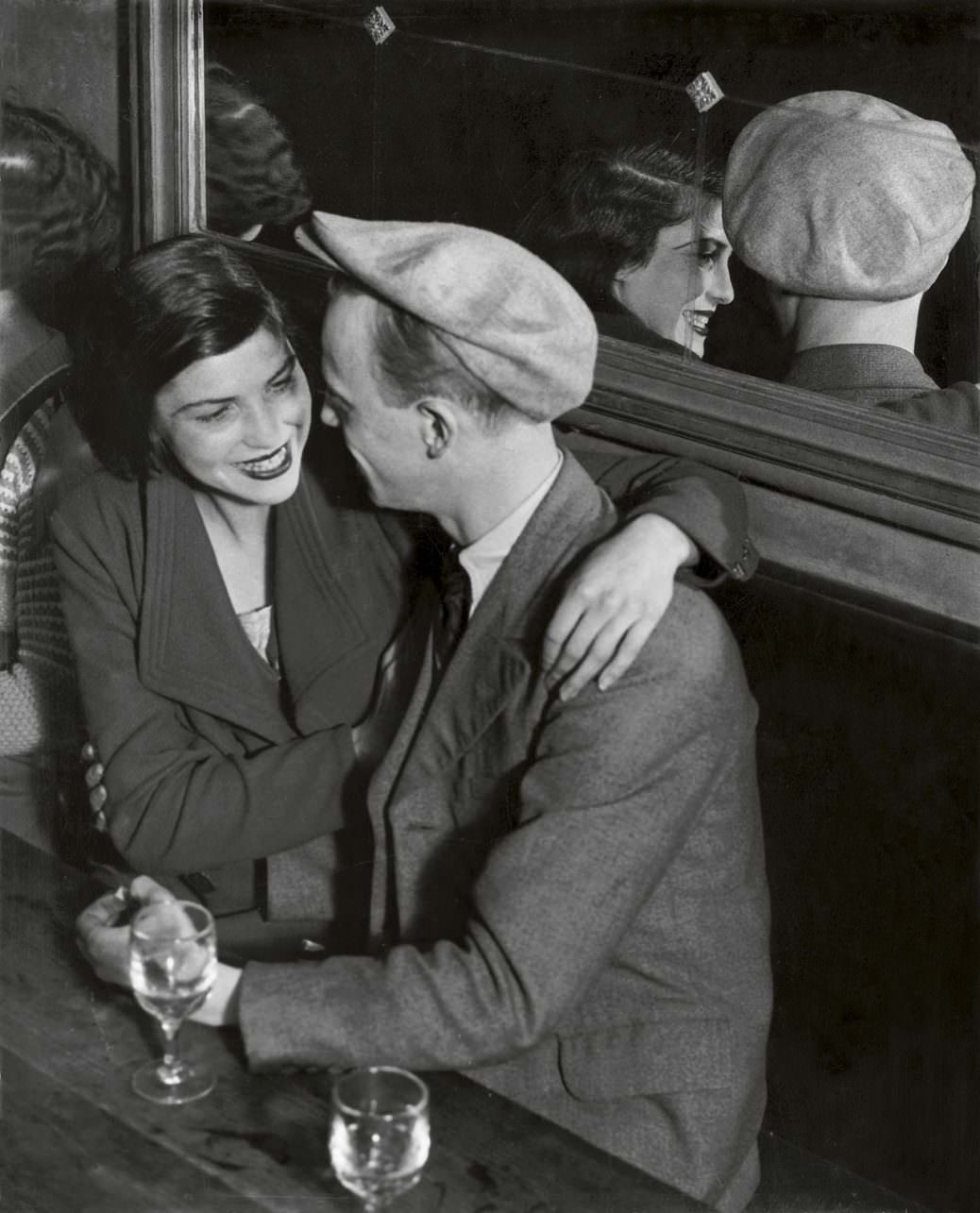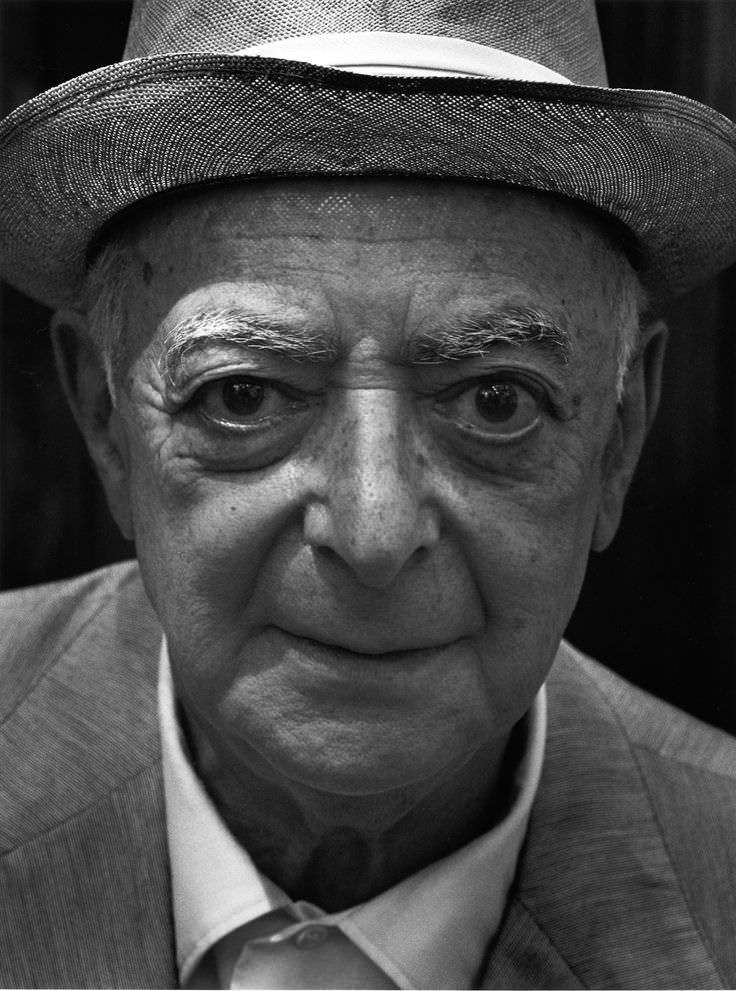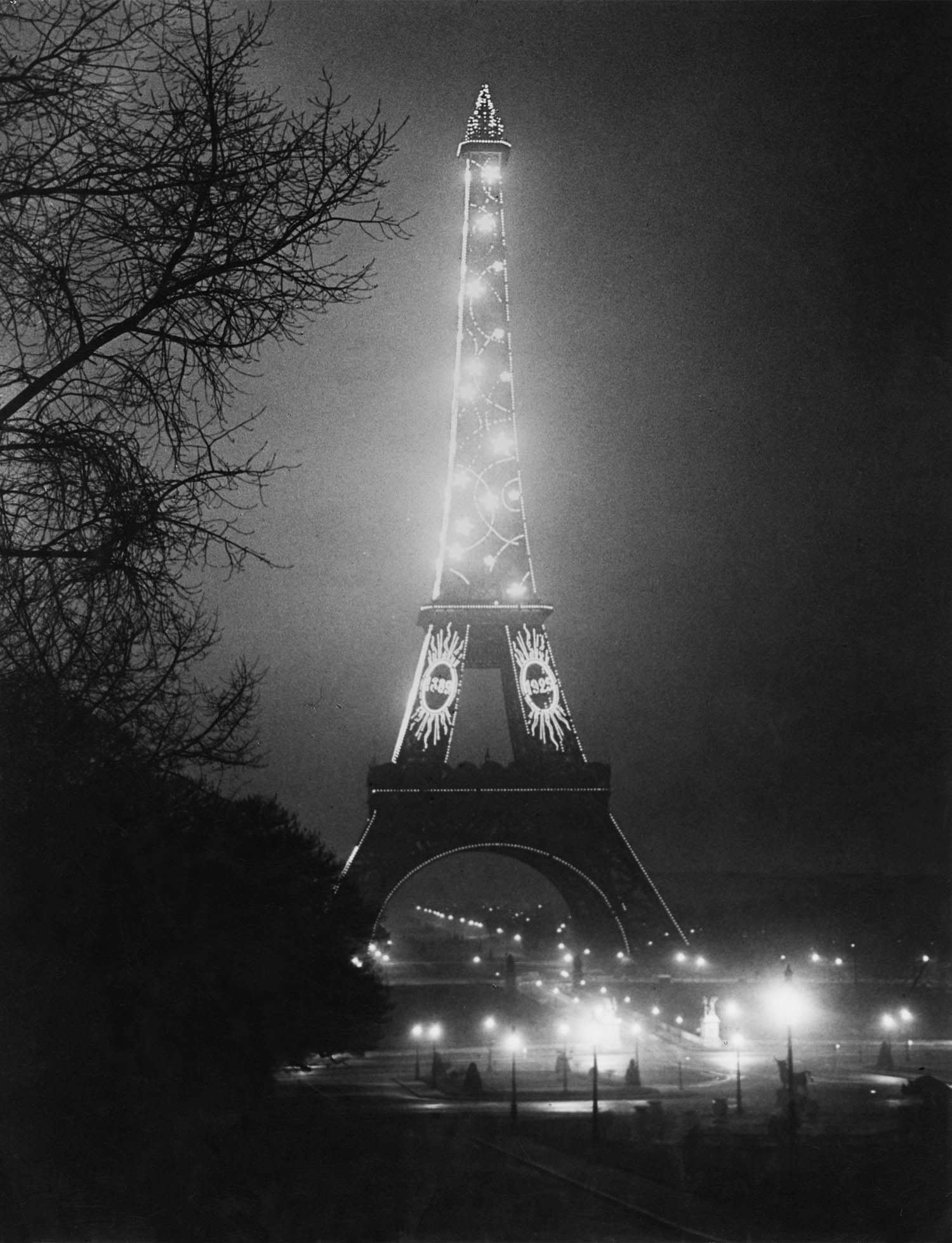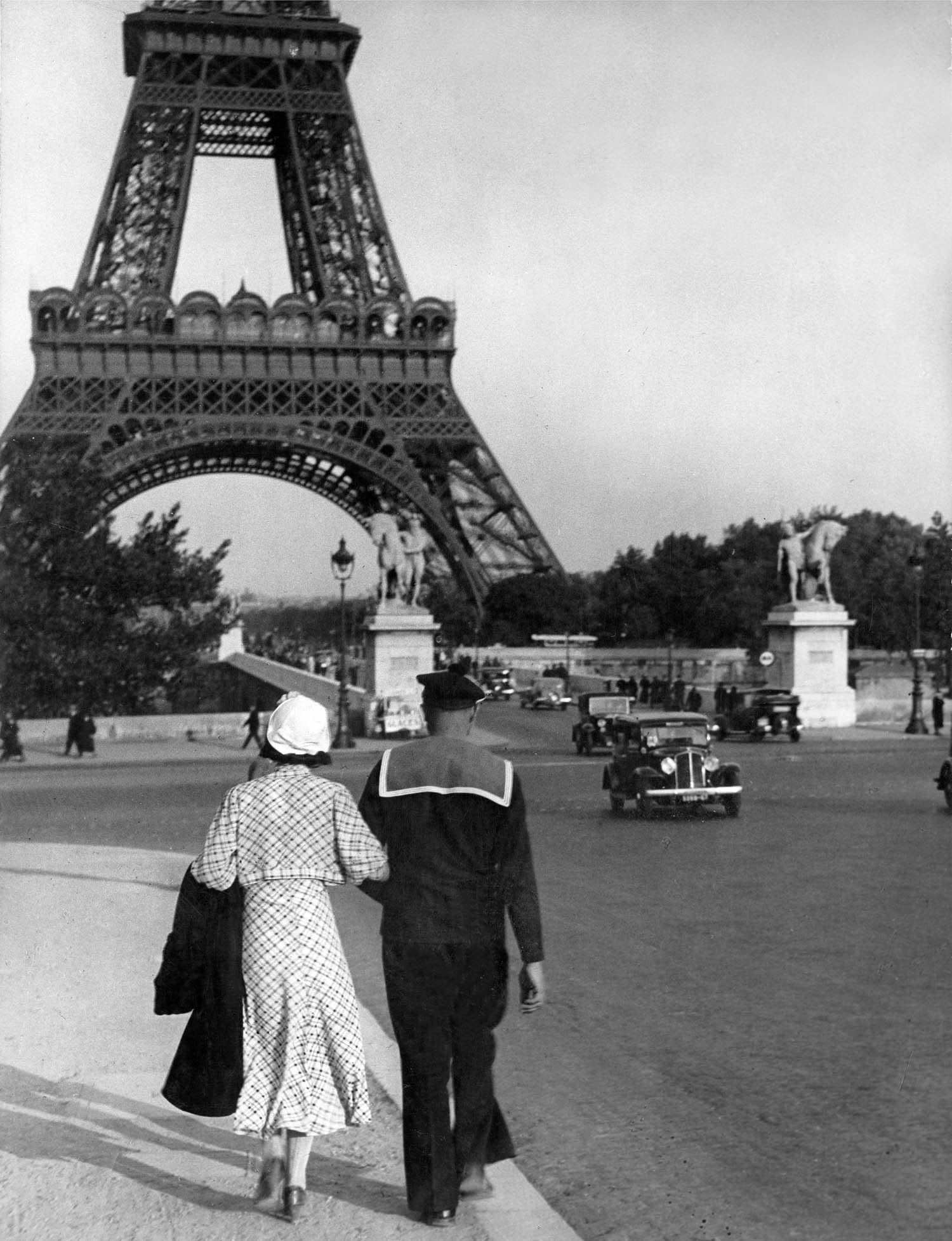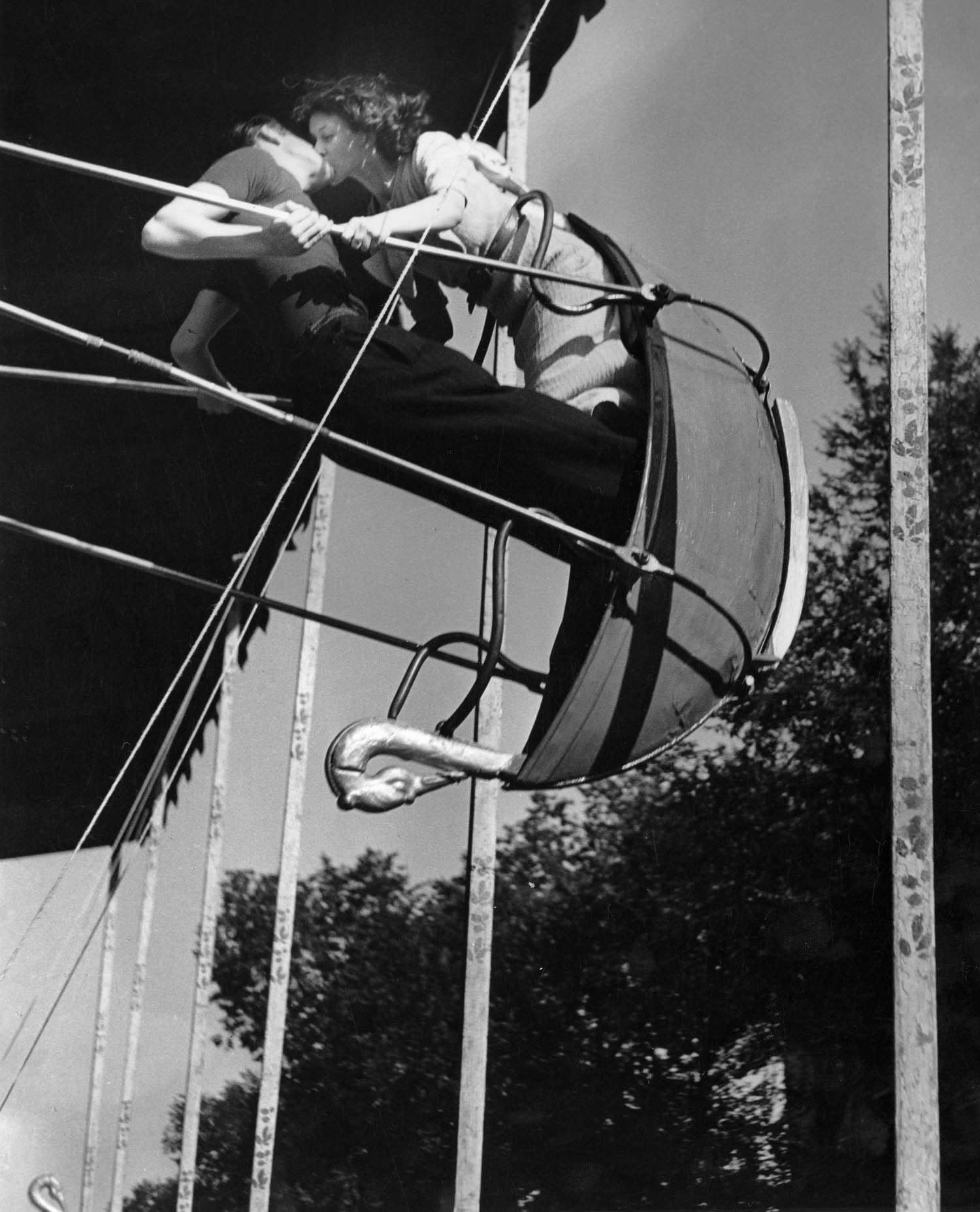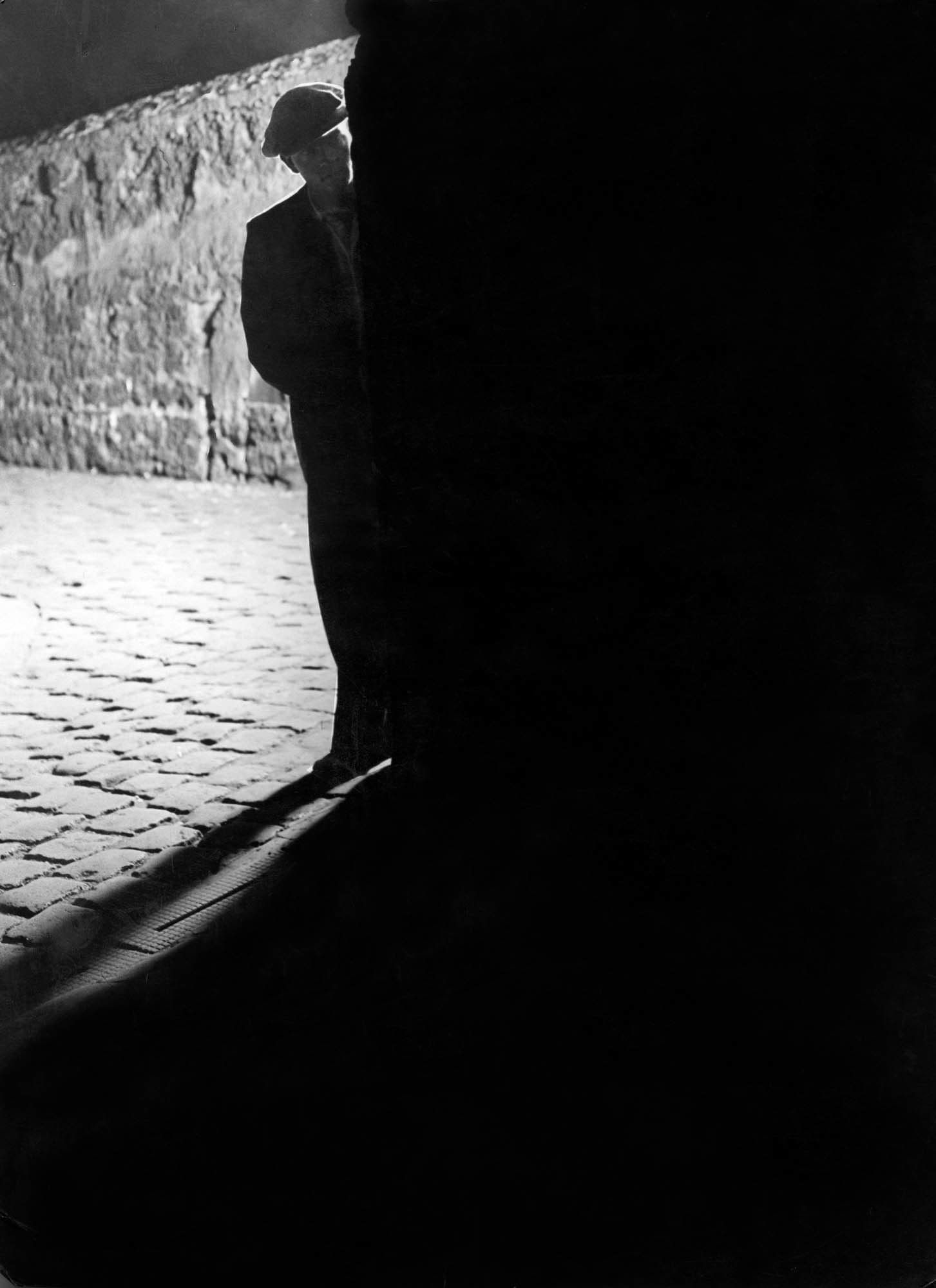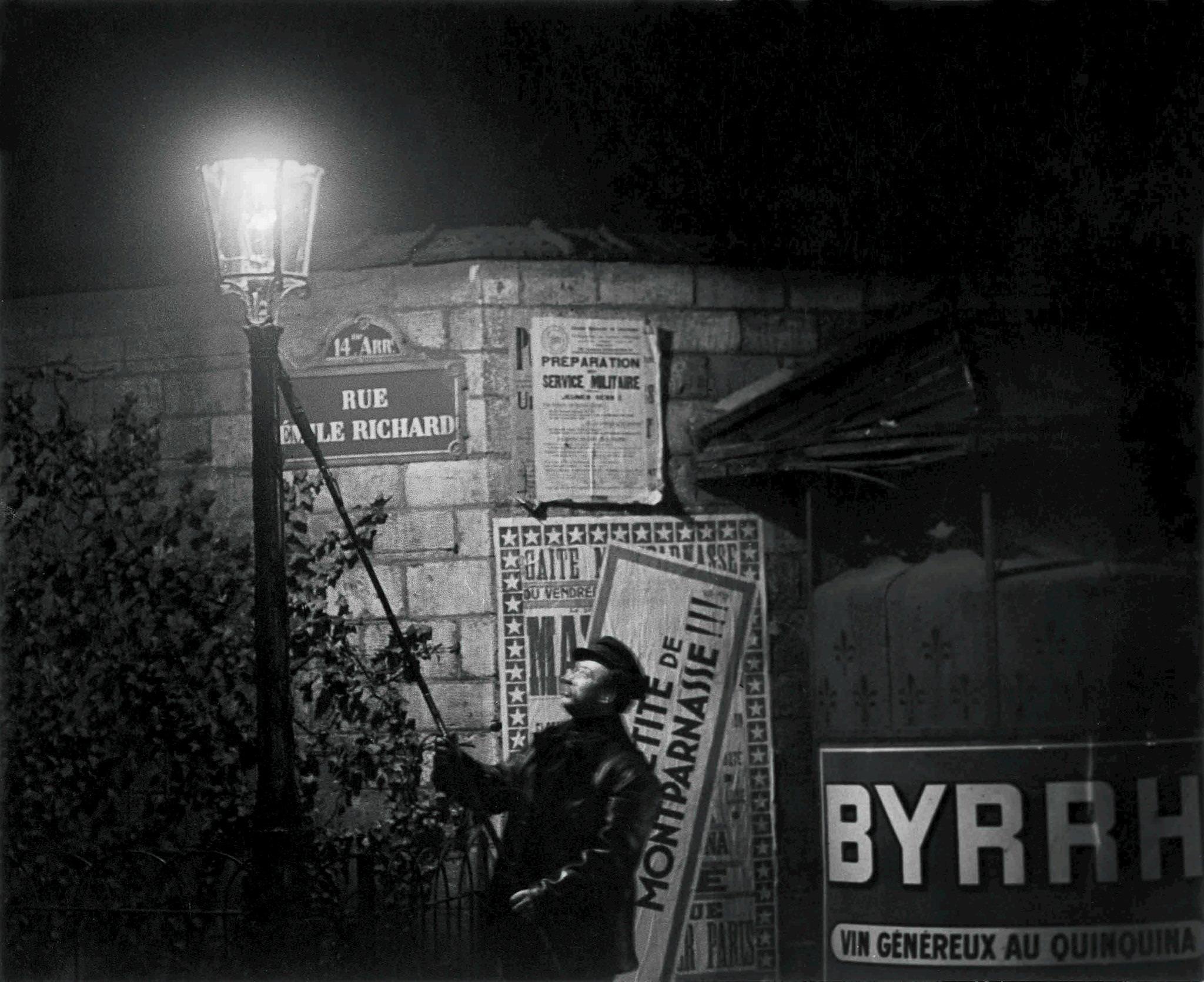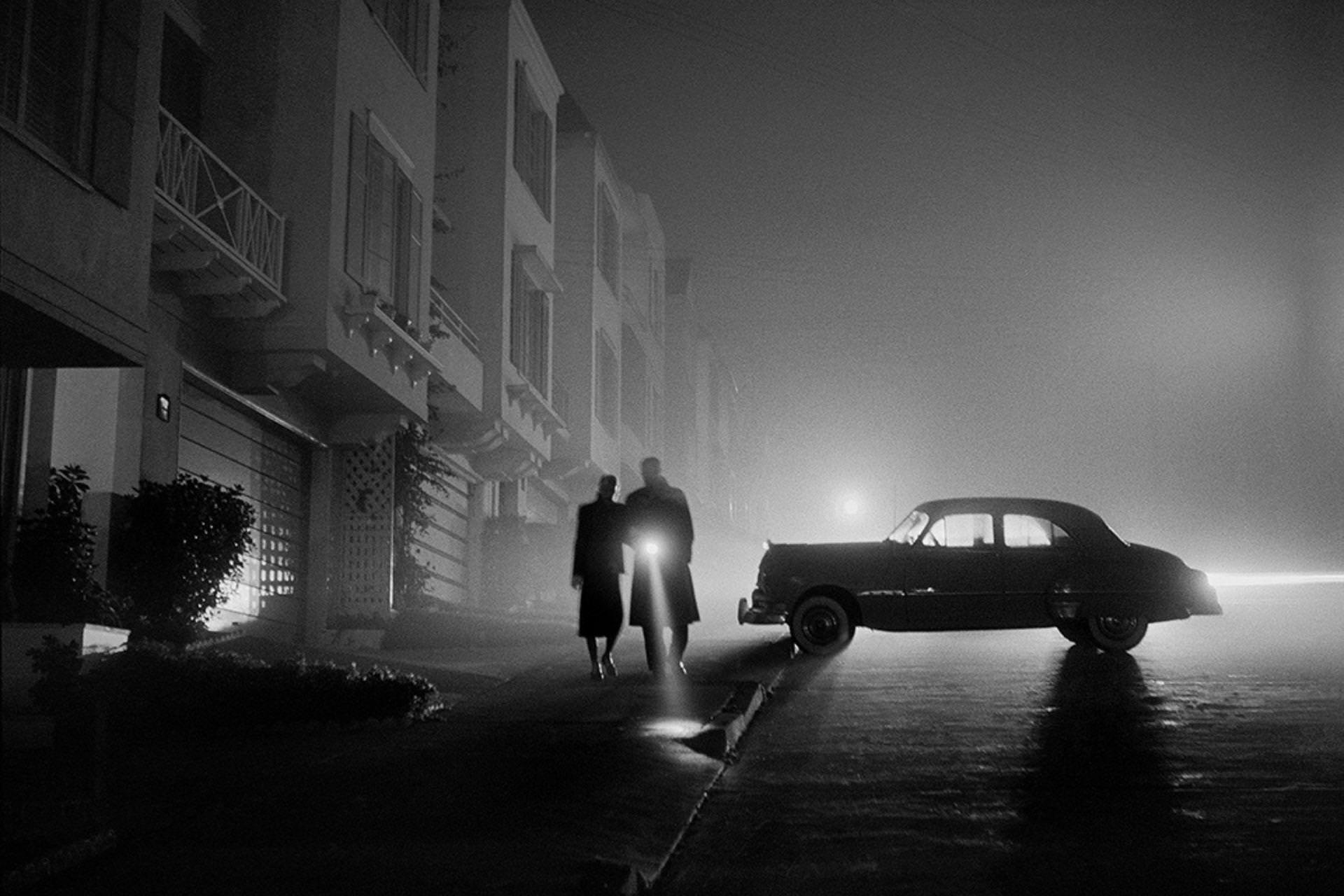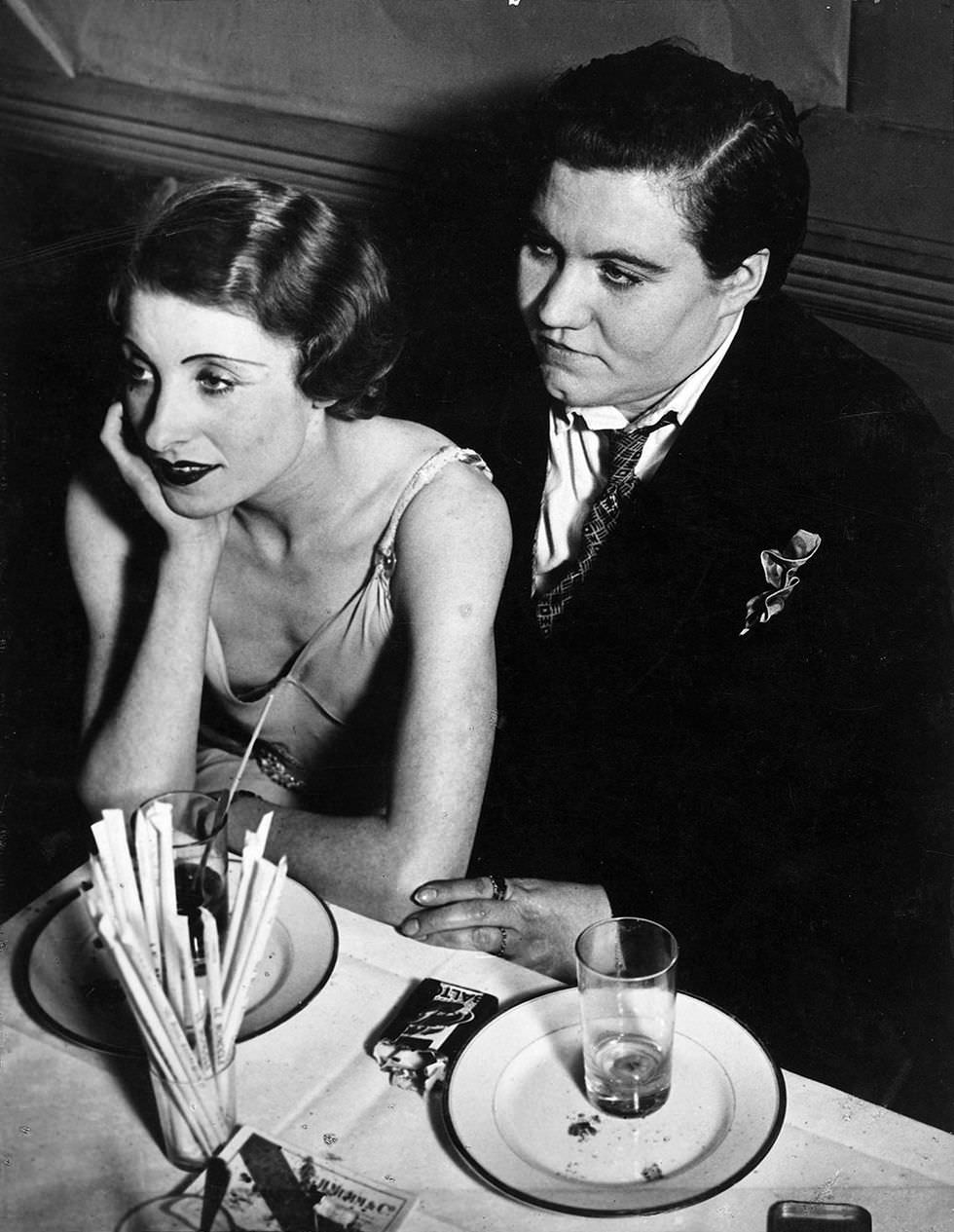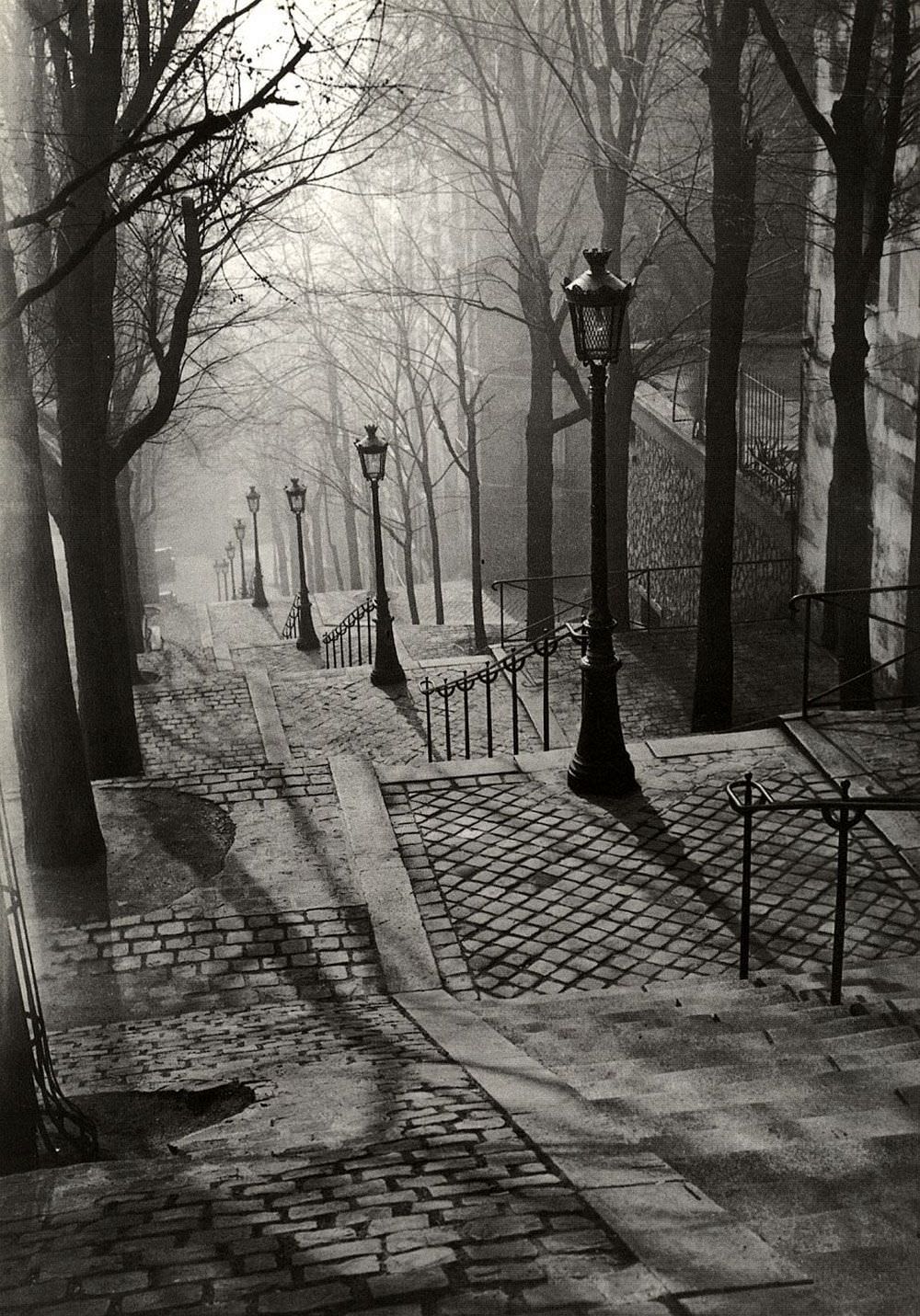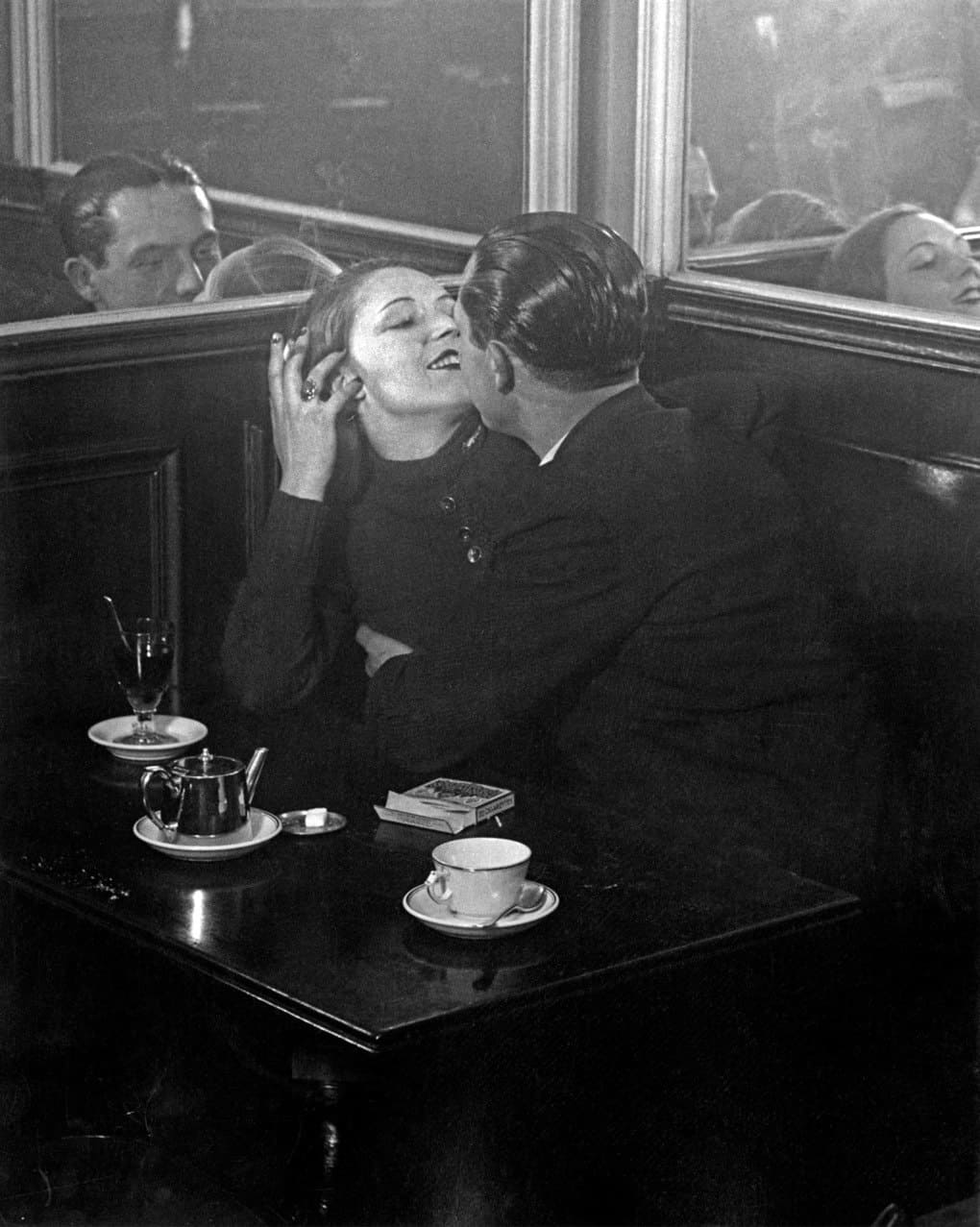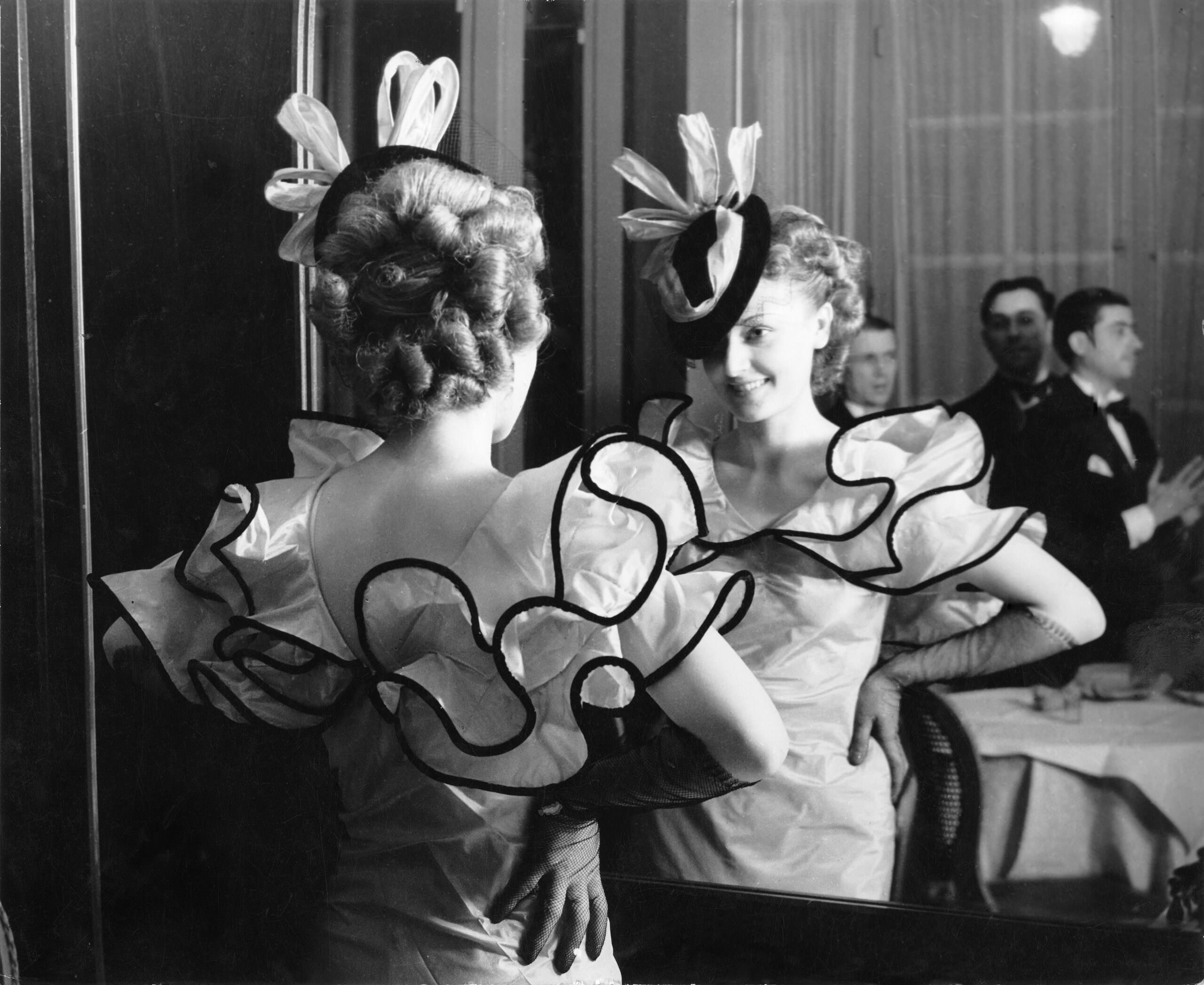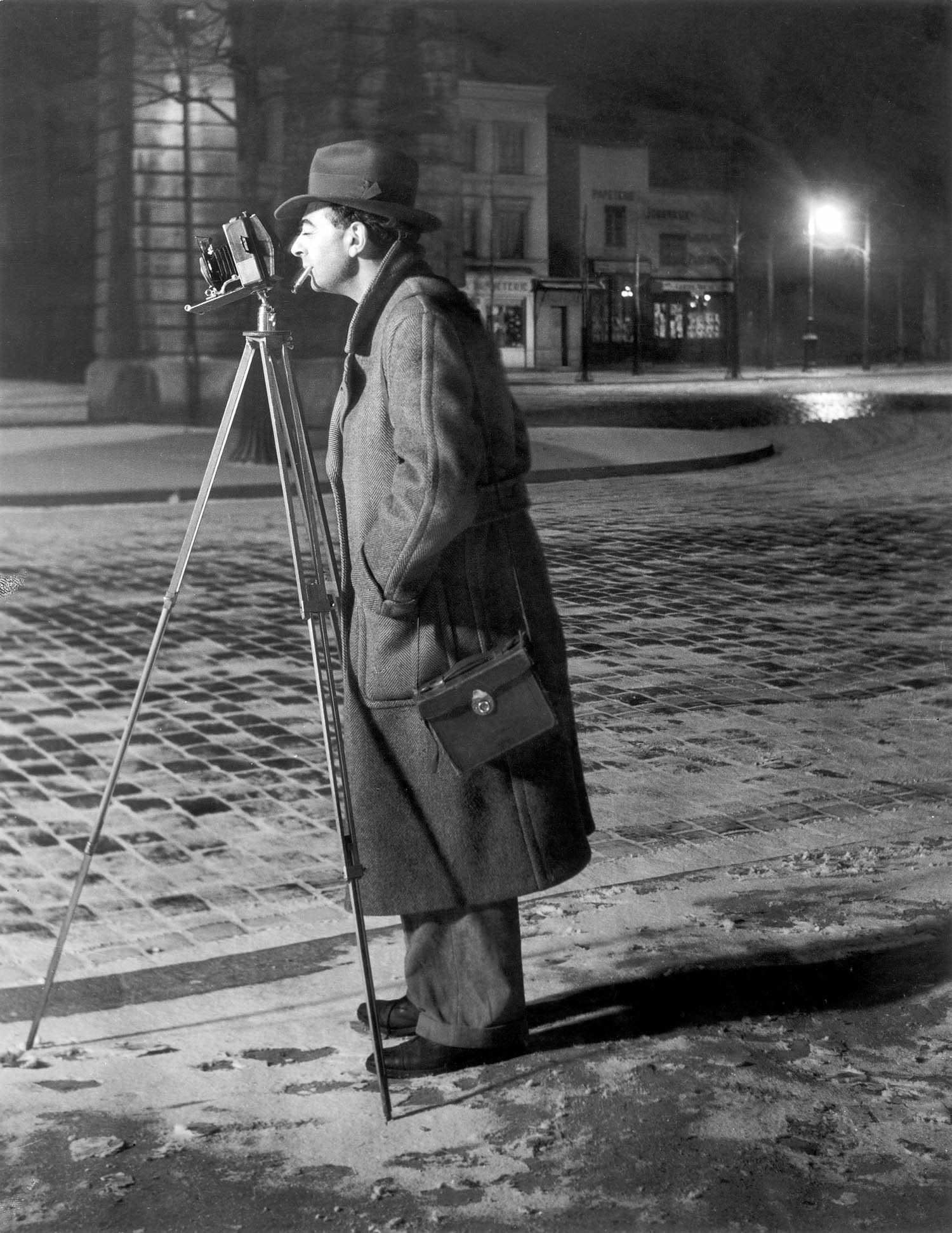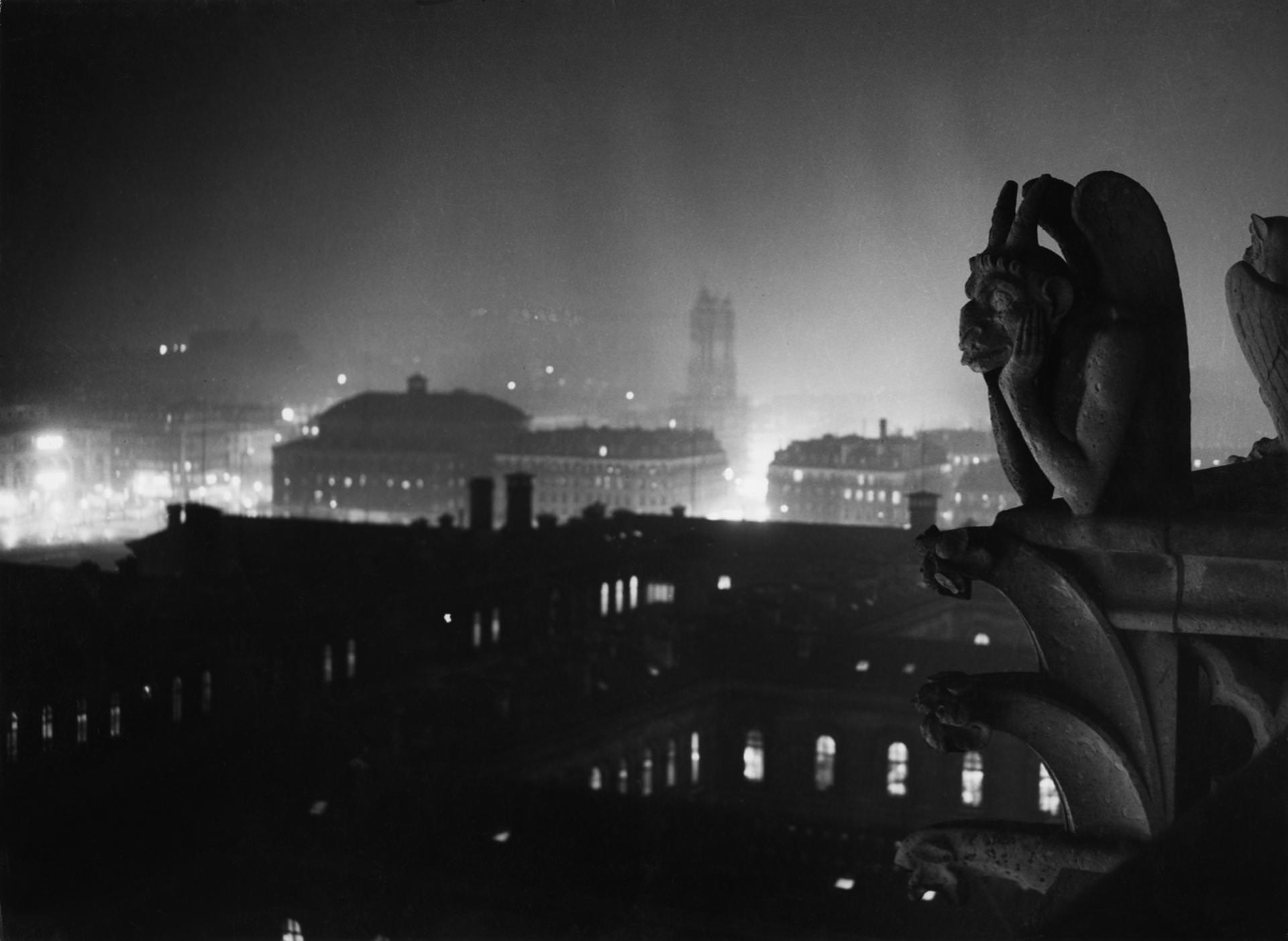Brassaï: The Eye of Paris
An extensive exhibition at Palazzo Reale showcases 200 vintage prints offering a captivating perspective of Paris through the lens of Brassaï. In collaboration with Estate Brassaï and curated by Philippe Ribeyrolles, a scholar and the distinguished photographer’s nephew, the exhibition delves into Brassaï’s body of work, emphasizing over 200 vintage prints. Special attention is given to his renowned images capturing the essence of the French capital and his personal journey.
Born in Hungary but embraced by Paris, Brassaï stood as a prominent figure in global photography, earning the accolade of “the living eye” by his friend Henry Miller. Commencing his artistic journey in 1924, he immersed himself in the vibrant cultural scene that engulfed Paris during those years. His close ties with the surrealist movement and his relationships with luminaries like Picasso, Dalí, and Matisse shaped his artistic trajectory.
Brassaï’s photographic exploration of life in the city, spanning from working-class neighborhoods to iconic monuments, from fashion to portraits of fellow artists, as well as capturing graffiti and nightlife, has become an indelible part of Parisian imagery. These images, now iconic, immediately conjure the spirit of Paris in the collective imagination.
About the Author
Brassaï, originally named Gyula Halász and born in Brasov, Transylvania, gained fame for capturing the diverse nightlife of Paris during the 1930s. Initially aspiring to be a painter, he pursued studies at the Academy of Fine Arts in Budapest in 1918 and the Akademische Hochschule in Berlin in 1921 before relocating to Paris in 1924. While working as a journalist in the French capital, he crossed paths with André Kertész, who encouraged him to explore photography.
Contrary to his initial belief that photography was a distant and mechanical process, Brassaï realized its potential as the ideal medium to document his observations of Parisian nightspots. His lens captured the atmosphere of nightclubs and cafés, portraying subjects ranging from prostitutes, transvestites, and entertainers to lamplighters and street cleaners. In 1932, he released his first book, “Paris de Nuit” (Paris by Night), receiving both critical acclaim and popular recognition. This success was followed by publications like “The Secret Paris of the 30s” (1976), “Les Sculptures de Picasso” (1948), “The Artists of My Life” (1982), and others.
Despite not identifying as a Surrealist, Brassaï’s work found favor among Surrealists, with his photographs frequently featured in their journal, Le Minotaure. Alongside his photographic endeavors, Brassaï also explored sculpture, and by the 1960s, he shifted his focus more towards this artistic medium, leading to a decline in his photographic output.
Brassaï’s photographs are often regarded as vivid snapshots of Parisian life in the 1920s and 1930s. Beyond capturing typical details of the era, his images highlight the distinctive vulnerability of each element and character within the city.
Brassaï: The Eye of Paris
from 23.02.2024 to 02.06.2024
Palazzo Reale – Milan – Italy
More info:
https://www.palazzorealemilano.it/en

